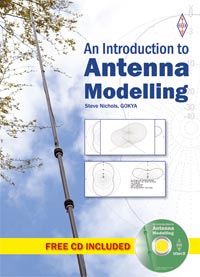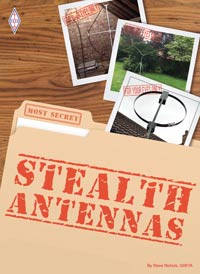 |
| USS Blueback, W7SUB, Portland, Oregon |
I was even more lucky to do some operating from the submarine USS Blueback at the Oregon Museum of Science and Industry (OMSI) this morning, thanks to Joe KF7UOQ.
We operated SSB and CW on 17m, 20m and 40m and I managed to work a few stations, including as far afield as Wisconsin (17m CW) and a SOTA station Todd W7TAO using 5-10W CW on 40m - conditions were not brilliant.
We organised a sked with Dean KG7MZ in Washington State via 2m (after a fire alarm went off!) and worked him on 40m CW too. I thought the fire alarm was part of the sub's sound effects and stayed put - duh!
I used QRP to stop interference to Joe on 20m. Joe worked Texas and a host of others on 14MHz SSB.
My CW was a little jerky at first until I got used to the sub's straight key - W5NNS must have wondered what he was working!
Antennas are a vertical for 20m and a dipole for 6-50MHz (from memory). W7SUB is obviously at river level and surrounded by buildings so not the best location for HF.
 |
| Joe KF7UOQ |
USS Blueback appeared in the 1990 movie "The Hunt for Red October".
On previous trips to the "left coast" I've been lucky enough to operate on the Queen Mary, USS Midway and at K6KPH at Point Reyes/Bolinas north of California.
 |
| The USS Blueback Radio Room |
You can click on the images to see a bigger version.
Steve G0KYA/AB8ZV












